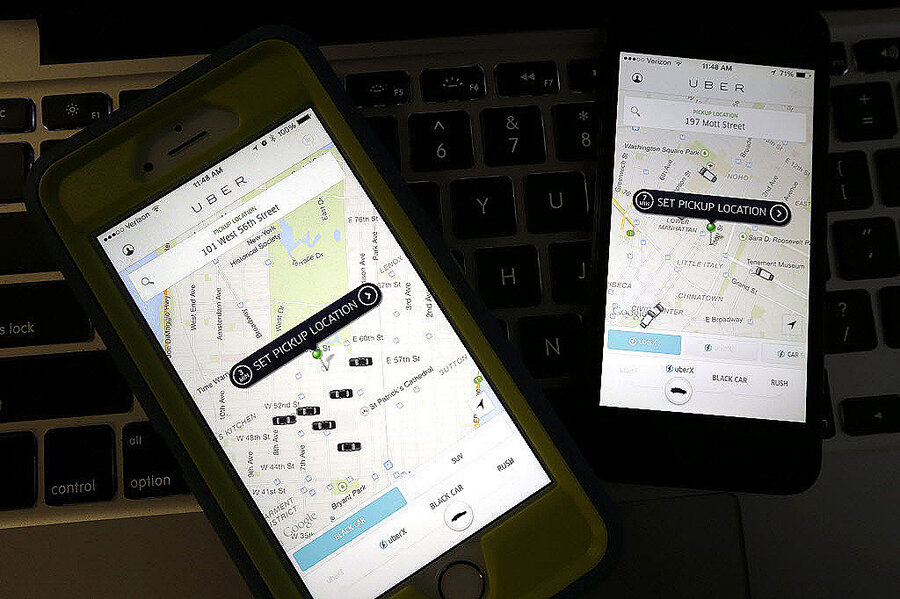Uber's new safety feature: Does it go far enough?
Loading...
The ride-sharing app Uber has addressed the numerous complaints about its drivers committing sexual assault in the last few months, by introducing a safe ride checklist feature.
The checklist, available in Boston and Chicago, is a pop-up screen in the app that reminds passengers to confirm that they are in the right car by checking the license plate of the car, and the name and picture of the driver, before getting into the vehicle.
“We are being responsive” Uber Chicago’s general manager Chris Taylor told the Chicago Sun-Times. “Given there have been some accusations . . . we want to make sure everyone knows how to use the platform in the safest way possible.”
While the feature may prove to be helpful in improving the app itself, it does not address the real problem: Some Uber’s passengers have been attacked by drivers that may not have been properly vetted.
Uber’s response appears to assume that the assaults are committed by strangers posing as Uber drivers, when in reality most of the complaints filed are against drivers employed by Uber. The checklist also puts the responsibility of preventing sexual assault on the passenger, rather than on Uber and its drivers. And, for now, it leaves out Uber users outside of Chicago and Boston.
According to the rider safety statement on Uber’s website, “Every ridesharing and livery driver is thoroughly screened through a rigorous process we’ve developed using constantly improving standards. This includes a three-step criminal background screening for the U.S. — with county, federal and multi-state checks that go back as far as the law allows — and ongoing reviews of drivers’ motor vehicle records throughout their time on Uber.”
More specifically, it means that, drivers must have no DUIs, hit and runs, or fatal accidents, and no history or reckless driving, violent crimes, sexual offenses, gun related violations, and resisting/evading arrest for seven years prior to screening.
But both Uber and its main competitor, Lyft. have seen safety complaints filed against them.
On the website LyftvsUber.com the two companies are tied in the safety category, although the focus is on driving ability rather than the drivers themselves. The site does, however, note that Lyft has a much higher percentage of female users, but it credits this trend to the gendered appeal of the branding that the two companies use.








